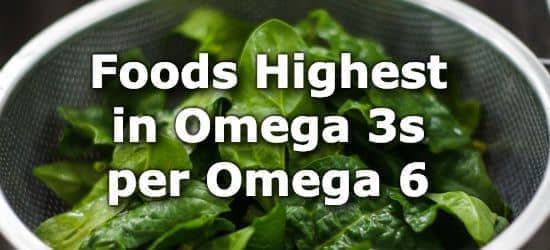

Some supplements use oil made from the by-products of the squid meat production industry, which is relatively high in DHA. There is also a small but growing market for EPA and DHA supplements made from calanus, a small crustacean from the Arctic. Supplements made from krill - tiny crustaceans from the waters of the Antarctic - provide a phospholipid source of EPA and DHA and are generally available in a smaller pill. Oils made from the roe of different fish such as herring are also available in dietary supplements. Tuna oils are typically made from the by-products of skipjack and yellowfin tuna ( not the more controversial bluefin tuna) and are often used to fortify infant formulas because of their high DHA content. Salmon by-products can be cold-pressed to make “virgin” or minimally processed salmon oils that preserve some nutrients lost in traditional processing. Pollock oil is mostly extracted from the livers of pollock caught in Alaska. Cod liver oilĬod liver oil supplements were one of the first commercially sold omega-3 dietary supplements in the modern marketplace and were originally sold for the vitamin content rather than EPA and DHA but remain a popular source of omega-3s. Anchovy oilĪnchovy is the primary oil provided in omega-3 supplements from a number of different fisheries throughout the world, including Peru, Chile, Morocco, and Turkey.

Supplements are made from many different marine sources and all are equally valuable in terms of providing EPA and DHA, so it’s personal preference which you choose. Supplementation is a key way to consume enough EPA and DHA to benefit your health. Most government recommendations suggest consuming 2-3 servings of fatty fish per week to achieve 250 mg of EPA and DHA per day. This category includes sardines, anchovies, herring, mackerel, capelin, and hoki.

Smaller-bodied forage fish species are also a high source of EPA and DHA. High omega-3 choices include salmon, tuna, mackerel, and pollock. Overall, seafood is the best way to consume EPA and DHA simply because of all the other nutrients that are part of the fish. The vast majority come from marine sources including fatty or oily fish, fish body or liver oils, marine crustaceans such as krill, marine microorganisms such as algae, or, more recently, several terrestrial plants that have been genetically modified to produce EPA and DHA. GOED promotes the consumption of EPA and DHA omega-3s, which are available from a variety of sources.


 0 kommentar(er)
0 kommentar(er)
